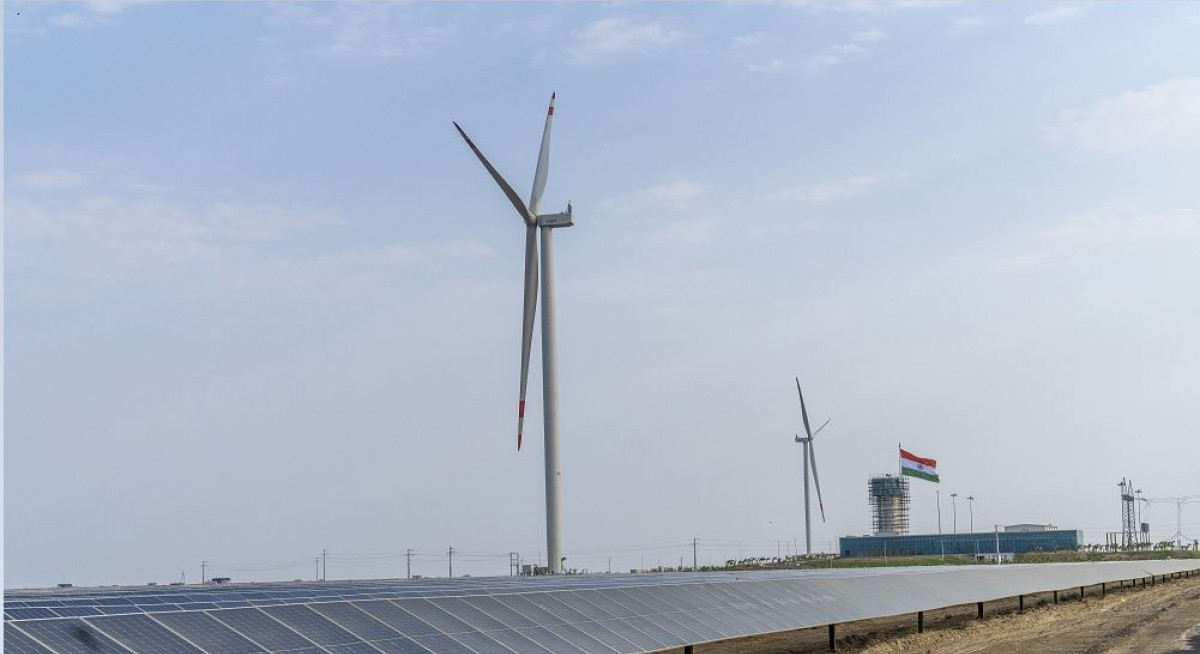Approximately 60% of this funding will need to come from the private sector, providing scale capital deployment opportunities at attractive risk-adjusted returns.1
Private capital has the ability to commit to long-term investments, free from short-term shareholder pressures that can distract from underlying fundamentals. This makes private capital uniquely positioned to fund the transition of utilities and heavy-emitting industries, which require both substantial capital and longer time horizons to adopt sustainable practices, decarbonize technologies and transform their business models.
In support of this are evolving and maturing local policies that have made renewable energy investments in these regions less risky and more viable, offering investors an opportunity to earn attractive risk-adjusted returns while also making a positive decarbonization impact – a unique and complementary combination of a major commercial opportunity and the climate imperative.
At the same time, multinational companies around the world are continuously seeking clean energy to meet sustainability goals, and technological advances have made renewable energy solutions the lowest-cost source of bulk power production, a commercial rationale that is the most fundamental and strongest driver of this shift.
See also: Brookfield and Malaysia's Solarvest announce joint investment framework agreement
Innovative capital structures such as catalytic capital – where an early investor limits their own return to enhance returns for other investors to create a multiplier effect on the availability of capital – is also helping de-risk investments, increase the rate of deployment and boost the overall appeal of transition investments in EMDEs.
Southeast Asia: The Next Frontier
According to the International Energy Agency (IEA), Southeast Asia is set to become one of the world’s largest engines of energy demand growth during the next decade as its rapid economic, population and manufacturing expansions drive up consumption, well outpacing the supply of clean energy.
See also: Why the world is divided on plastic as UN treaty talks restart
This supply-demand imbalance creates significant and compelling investment opportunities, with renewable power well positioned given its technological maturity and cost competitiveness, as well as the region’s attractive resource potential such as solar irradiance and wind speeds.
In recognition of this potential, governments around Southeast Asia are implementing ambitious energy transition initiatives such as Malaysia’s National Energy Transition Roadmap (NETR) and the Philippine’s National Renewable Energy Roadmap (NREP), which are improving the political, regulatory and economic settings for transition investing around the region.
Yet just as important is the demand coming from corporates – many of whom have large, energy-intensive regional operations in sectors such as industrials, manufacturing and compute infrastructure – who are in need of decarbonization partners that have the proven track record, access to capital, local expertise and technological capabilities to help execute their sustainability and emission reduction goals.
In response to growing corporate demand for green energy, governments have implemented schemes that allow local corporates to procure green electricity directly from renewable energy developers through the national grid, such as the Corporate Renewable Energy Supply Scheme (CRESS) In Malaysia and the Green Energy Option Programme (GEOP) in the Philippines. Vietnam and Thailand are also in the process of introducing similar programmes.
The opportunity in the challenge
There is no route to net zero without EMDEs.
Like all EMDEs, Southeast Asia presents complex challenges, including evolving regulatory frameworks, grid access complications and higher capital costs. It’s also a diverse region, with markets at various stages of economic and policy development and with different decarbonization pathways. This makes having a highly localized approach with boots on the ground a pre-requisite to sourcing and executing opportunities, navigating challenges and mitigating risks.
Sink your teeth into in-depth insights from our contributors, and dive into financial and economic trends
Broadly, however, the fundamentals for renewable power and transition investing have never been better. Thanks to the acceleration in corporate demand, advances in decarbonization technology and ongoing progress in blended finance and catalytic capital, hurdles to transition investing in EMDEs are clearing. Private market investors have greater access points to put their capital to work in these markets, and multinational corporations can more easily partner with global renewable power providers at scale.
To take advantage of this growing opportunity set across EMDEs—specifically Southeast Asia—Brookfield has established its Catalytic Transition Strategy to accelerate investment into underinvested markets, with about half of its pipeline based in Malaysia, the Philippines, Thailand, Vietnam and Indonesia.
Increasing the flow of capital to EMDEs—and leveraging deep global development and operating experience in renewable power—can be transformational by helping to manage dynamics that in the past have limited investment in these markets. This will not only spur more decarbonisation projects but also generate better opportunities to earn attractive risk-adjusted returns.




